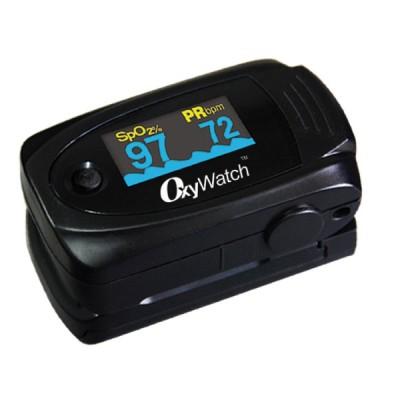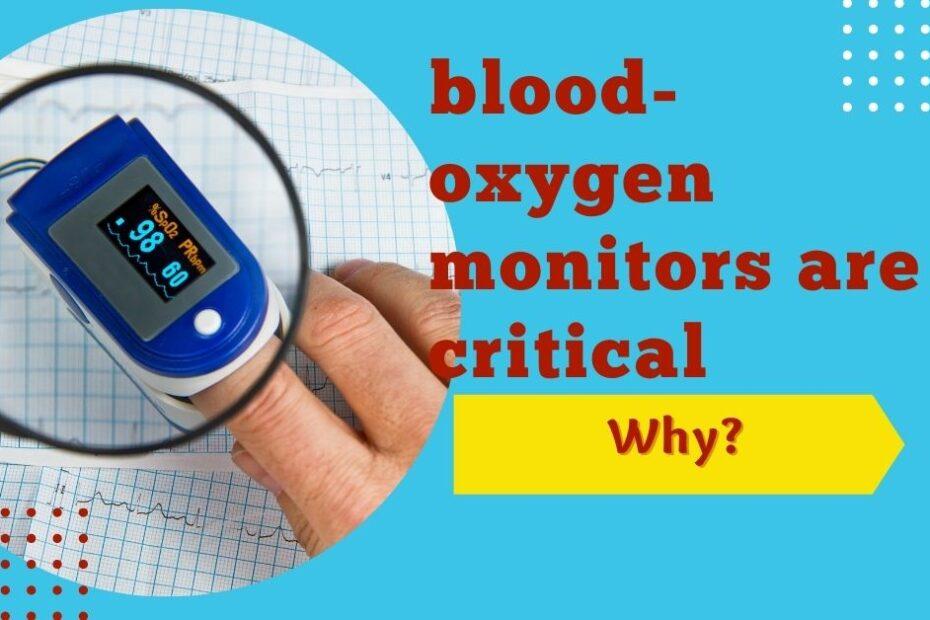An oximeter, or a pulse oximeter, is a medical device that measures the quantity of oxygen within the blood. A pulse oximeter has become a crucial monitoring tool in modern medicine. The oximeter is attached to a monitor to enable direct reading of the patient’s oxygenation in the least amount of time.
This is often because timely recognition of low saturation conditions and emergency correction measures can prevent potentially devastating complications.
Before the oximeter was invented, a series of complicated blood tests were needed.
What Is An Oximeter?
An oximeter usually measures the percent of normal. Normal ranges usually vary from 95 to one hundred pc. The blood vessels expand and contract with the heartbeat, therefore the monitored signals bounce in time with the heartbeat.
Modern oximeters also can clip onto the finger of a patient and determine the amounts of chemicals by using the optical properties of sunshine.
How Does A Pulse Oximeter Work?
Standard Pulse oximetry is based on the light-absorbing properties of hemoglobin which is the molecule that carries oxygen in the blood. The oximeter generates red and infrared light and it also has a light detector.
In a handheld device, a sensor (also called a probe) is placed around a hand or foot and two light-emitting diodes send red and infrared frequency light through the skin. In the case of a fingertip oximeter, or a fingertip probe, a finger is inserted within the center of the unit.
The amount of light that passes through to the photodetector on the other side is analyzed. There are two major signals that are received.
One is where there is a surge of blood that occurs with each heartbeat which creates an increase in arterial blood volume. The other signal received is during periods between heartbeats.
SpO2 is estimated from the amount of light absorbed during periods of heartbeats when the amount of oxygen is highest and the blood volume is the highest.
The greater the amount of light absorbed, the higher the amount of SpO2 calculated.
The pulse or heart rate is measured by determining the time between the high levels of oxygen (ie., when there is a heartbeat) and when the oxygen level drops.
Accuracy Of Finger Pulse Oximeters
Finger pulse oximeters are medical devices commonly used to measure the oxygen saturation levels in the blood. They work by shining a light through the fingertip and measuring the amount of light absorbed by the blood.
While finger pulse oximeters are generally accurate, there are certain factors that can affect their accuracy. One such factor is poor circulation, which can lead to inaccurate readings as the device may struggle to obtain a clear signal. Cold fingers, nail polish, and artificial nails can also interfere with the accuracy of the readings.
Additionally, certain medical conditions such as anemia or carbon monoxide poisoning can affect the accuracy of finger pulse oximeters. In these cases, the device may not accurately reflect the true oxygen saturation levels in the blood.
It is important to note that finger pulse oximeters are not a substitute for professional medical advice and should not be relied upon for diagnosis or treatment decisions. If you have concerns about your oxygen levels or any symptoms you are experiencing, it is always best to consult with a healthcare professional.
Oximeters or blood-oxygen monitors are critical
Oximeters or blood-oxygen monitors are critical in medicine and may be crucial for patients with cardiac or respiratory problems. Another interesting use of the meter is in non-pressurized airplanes where pilots operate above 10,000 feet, thus needing supplemental oxygen.
Oximeters are routinely utilized in operating rooms and medical care units as a neighborhood of their vital-sign monitoring. they’re also utilized in sleep labs and with overnight oximetry tests to work out nocturnal hypoxemia (drop in oxygen levels).
Patients who need supplemental oxygen aids or other sorts of non-invasive breathing aids are thus helped greatly.
Choosing the right SpO2 monitor



OLED Finger Pulse Oximeter Heart Rate Spo2 Monitor
Finger Pulse Oximeter
Model: JZ-130R/131R
Blood oxygen saturation measurement range: 70%~99%
Pulse rate measurement range: 30BPM~240BPM
Blood oxygen saturation measurement accuracy: ±2% within the range of 70%~99%, ≤70% is not defined
Pulse rate measurement accuracy: ±1BPM or ±1% of the measured value (takes a larger value)
Oxygen saturation resolution: blood oxygen saturation ± 1%
Neonatal Infant Pediatric Kids Pulse Oximeter Spo2 Monitor
The CMS60D Pulse Oximeter adopts Photoelectric Oxyhemoglobin Inspection Technology in accordance with Capacity Pulse Scanning & Recording Technology, which can be used to measure human oxygen saturation and pulse rate through finger. The device is suitable for being used in family, hospital, oxygen bar, community healthcare and physical care in sports, etc
Related Queries:
- “Normal blood oxygen levels“
- “How to use a pulse oximeter correctly“
- “Interpreting pulse oximeter readings”
- “Pediatric pulse oximeter for kids“
This site contains affiliate links to products. We may receive a commission for purchases made through these links

The recent paper competition gave me a lot of headaches, and I checked a lot of information. Finally, after reading your article, it suddenly dawned on me that I can still have such an idea. grateful
Hydration plays a key role in both maintaining oxygen levels and regulating blood pressure. Dehydration can lead to lower oxygen saturation and raise blood pressure, making it essential to drink plenty of water throughout the day.